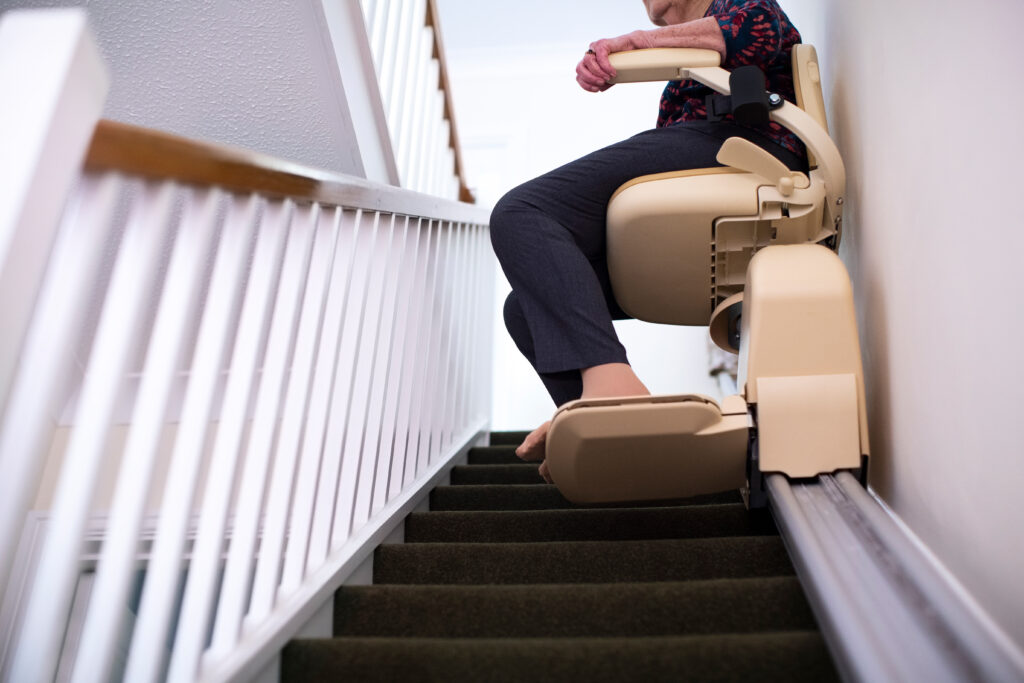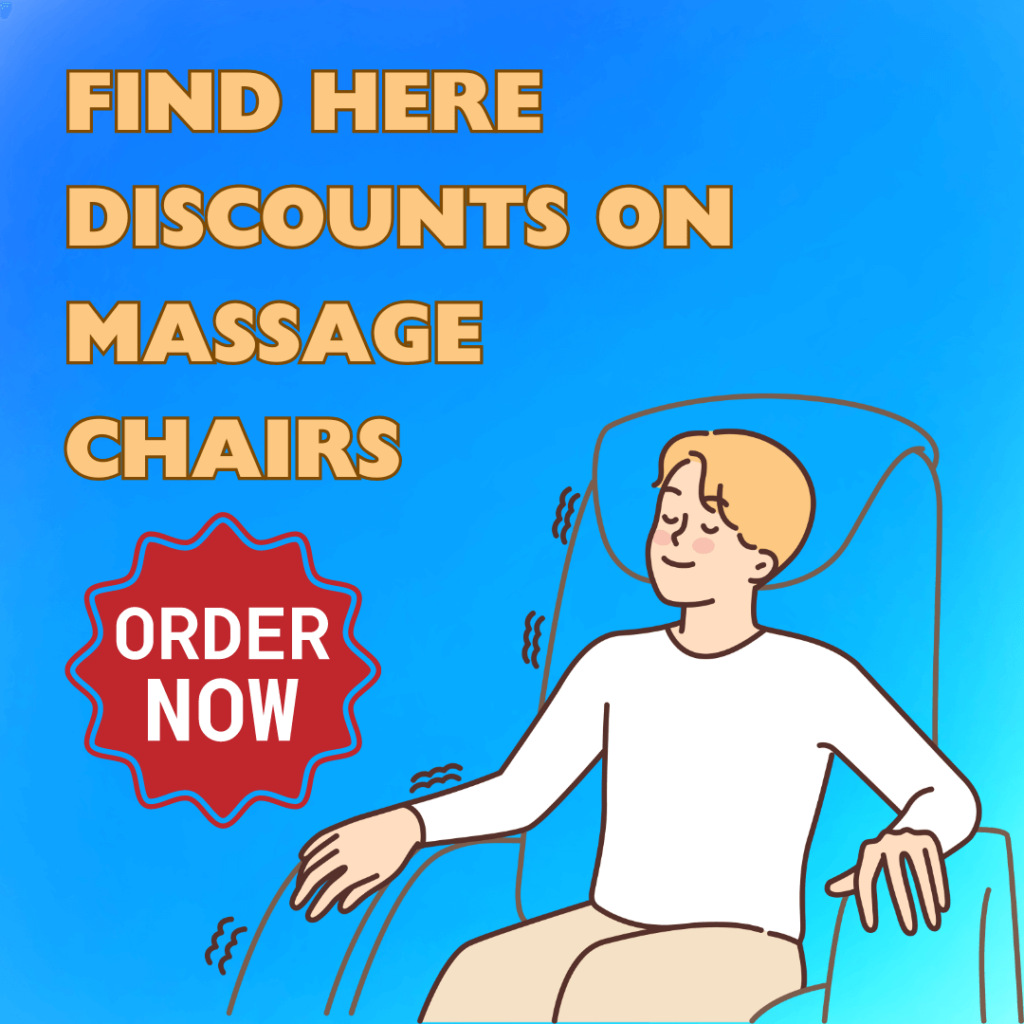
A stairlift can be a lifesaver for anyone who finds climbing stairs difficult. However, a new stair lift can be expensive.
Fortunately, there are ways that people can get help paying for their stairlift. This guide will cover a range of financing options, grants, and support services available to those who need them.
1. Ask for a Grant
One of the ways to pay for a stairlift is by applying for a grant. The first place to start is by asking your local council about the possibility of a Disabled Facilities Grant (DFG).
It may take some time for them to assess whether or not you qualify for the grant. If you do, they will then ask for an occupational therapist to visit your home and assess your needs.
Once the assessment is done, they will decide on the amount you will receive and how it will be paid. This can vary depending on which part of the country you live in. For example, those in England can get up to PS25,000 while those in Wales and Northern Ireland have a higher limit of PS36,000.
There are many other organisations that can also help you apply for a DFG. These include the Margaret's Fund which is for women with ill health and the Soldiers, Sailors, Airmen and Families Association (SSAFA) for current or former military personnel.
2. Ask for a Recommendation
The NHS cannot give you a free stairlift directly, but they will work with your local council via a home assessment by an occupational therapist. They will assess your mobility needs and work out if you would benefit from a stairlift, or what other modifications could be made to your home for independence and safety.
This may include things like ramps, grab rails and other home adaptations. If the OT recommends that you get a stairlift, they can make arrangements to lease one to you through your local authority. These are often the same brands that you would buy yourself.
There are two main types of stairlifts; straight and curved. Straight models run along a track on the stairs and are generally cheaper than curved models. Curved stairlifts are custom made for your staircase and cost more than straight ones. Upgrades may be available such as a powered swivel seat and hinge rail which are ideal for users with dexterity issues or shoulder pain.
3. Ask for a Discount
Having a stair lift installed at home allows seniors to enjoy their homes for longer. Having one fitted can also be a great way to avoid injuries on the stairs. It can help prevent having to move to a care facility when mobility issues start to become an issue.
Stairlifts are fitted neatly to the stair treads rather than the wall, which means no major construction work is required in your home. They typically take less than an hour to fit and can be removed easily when not needed.
It is worth asking for a discount when shopping around – some companies offer to match prices that have been given to you verbally after a site survey, but make sure you ask what their price guarantee covers. The British Healthcare Trades Association Code of Practice, devised with the Office of Fair Trading, bans its members from price dropping and pressurised sales techniques. Many reputable companies will follow this advice.
4. Ask for a Free Quote
Many people who experience mobility problems find that walking up and down the stairs becomes a challenge. This can lead to a loss of independence and a sense of discouragement. This is especially true if the stairs are steep.
In many cases, it is possible to get a stairlift for free through the disabled home equipment grant (DEG). This program allows seniors to receive assistance with the installation of various mobility aids that can make life at home easier.
Stairlifts can help individuals feel safe and secure in their own homes, allowing them to live independently again. They can also reduce the amount of time that family members and friends spend helping them up and down the stairs, which is both financially beneficial and emotionally supportive. These mobility aids are an excellent option for anyone who is suffering from a stroke or other long term conditions. They can be fitted to any straight, curved or spiral staircase.





